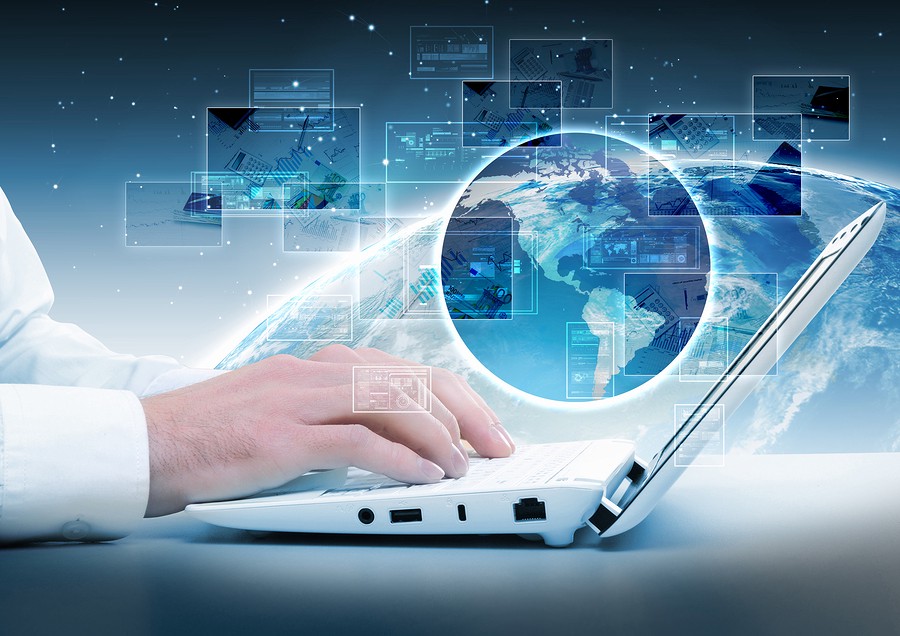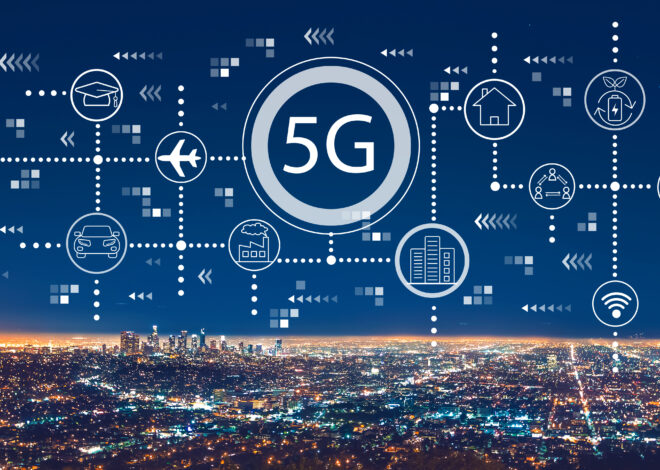
Information Technology (IT) : Power and Evolution
Information Technology (IT) is the backbone of the modern world, driving innovation, efficiency, and connectivity across industries and societies. In this blog post, we will dive into the ever-evolving landscape of IT, exploring the key aspects, innovations, and trends that shape our digital world. Whether you’re an IT professional or simply curious about the technology driving our digital age, this post will provide valuable insights.
The Key Aspects of Information Technology
Hardware and Software
At the core of IT are hardware and software components that form the foundation of digital systems. Hardware includes computers, servers, and networking equipment, while software encompasses operating systems, applications, and programs.
Networking and Connectivity
IT facilitates seamless communication and connectivity, enabling data transfer and access across local and global networks. Concepts like the Internet, Wi-Fi, and 5G are integral to modern networking.
The Evolution of IT: Trends and Innovations
Digital Transformation
The ongoing digital transformation has revolutionized industries. Organizations are embracing technology to enhance processes, improve customer experiences, and stay competitive.
Cloud Computing
Cloud computing allows businesses to store, manage, and access data and applications online. It offers flexibility, scalability, and cost savings, making it a crucial IT innovation.
Data Analytics
The ability to collect and analyze vast amounts of data is a game-changer. Data analytics provides insights for decision-making, trend identification, and personalization.
Cybersecurity
With the increasing reliance on digital systems, the importance of cybersecurity cannot be overstated. IT professionals are constantly working to protect data and systems from cyber threats, including viruses, malware, and hackers.
IT Infrastructure
The infrastructure underpinning IT is evolving rapidly. Data centers, edge computing, and IoT devices contribute to a complex and interconnected network of resources.
Technology in Business
Businesses of all sizes benefit from IT solutions. Enterprise resource planning (ERP) systems, customer relationship management (CRM) software, and e-commerce platforms are just a few examples.
The Future of IT
Artificial Intelligence (AI)
AI is at the forefront of IT innovation. Machine learning, natural language processing, and automation are transforming industries, from healthcare to finance.
Internet of Things (IoT)
The IoT involves the connection of physical objects to the internet, allowing them to collect and exchange data. Smart homes, wearable devices, and smart cities are part of the IoT landscape.
5G Technology
The rollout of 5G networks promises faster speeds and lower latency, enabling advancements in mobile technology, augmented reality, and autonomous vehicles.
Preparing for the IT Challenges and Opportunities
Continuous Learning
Staying updated with the latest IT trends and developments is essential. IT professionals should engage in continuous learning through courses, certifications, and industry conferences.
Cybersecurity Awareness
With the growing threat of cyberattacks, individuals and organizations must prioritize cybersecurity awareness and training to protect sensitive information.
Flexibility and Adaptability
The IT landscape is ever-changing. Being flexible and adaptable is crucial for professionals to thrive in this dynamic field.
Collaboration
The interconnected nature of IT means collaboration is key. IT professionals often work across teams, departments, and even countries to achieve goals.
Conclusion
Information Technology (IT) is the engine driving the digital age, enabling innovation, connectivity, and efficiency. As the IT landscape continues to evolve, professionals and enthusiasts must remain informed about key aspects, innovations, and trends in the field.
The future of IT holds immense promise, from the transformative power of AI to the rapid expansion of the Internet of Things (IoT). It also presents challenges, particularly in the realm of cybersecurity. Whether you’re an IT professional, a business leader, or simply someone curious about the world of technology, understanding IT is essential for navigating the digital landscape of the future. Stay informed, adaptable, and ready to embrace the IT challenges and opportunities that lie ahead.



